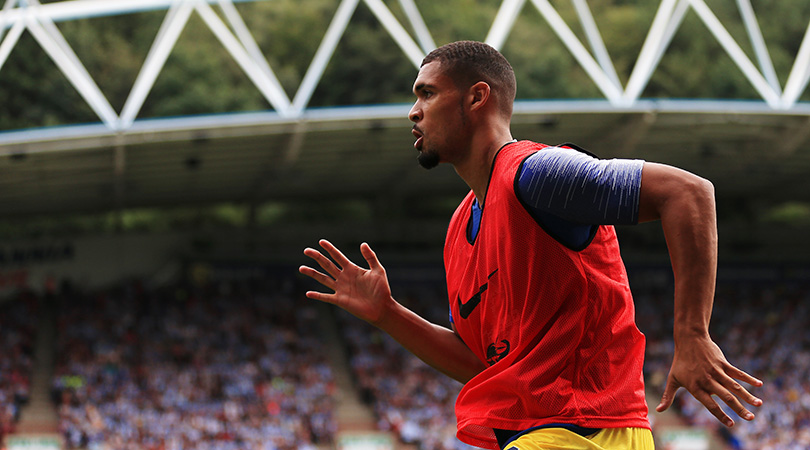Which clubs own England’s future? What the latest youth squads tell us about our academies
Who's harbouring the country's brightest talent right now? And how is that manifesting itself in reality? The fine folks at Youth Hawk explain...
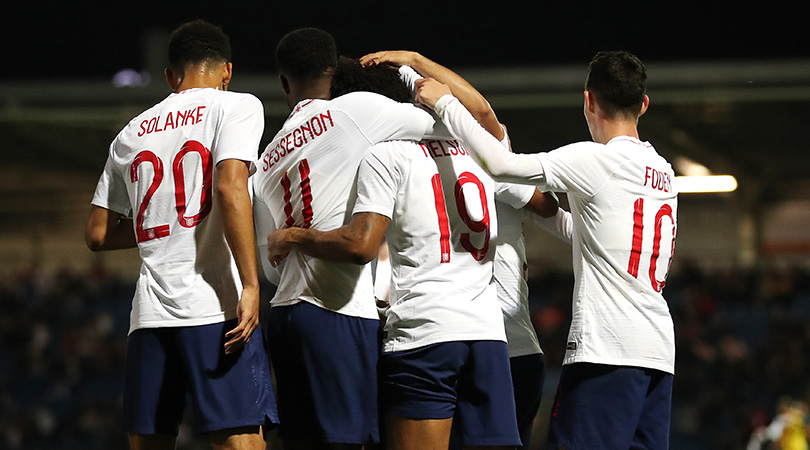
For the fourth year running, Chelsea lead the way with the most call-ups (23) among England’s six junior teams, trailed closely by Manchester City (18) and Arsenal (16). Those clubs have been top of the pile in each of the past three seasons, while Tottenham have also recorded double figures on a consistent basis.
Everton’s eight call-ups is the next-best score, though the Toffees’ tally remains top-heavy with five in the U21 squad and all set to be too old for development involvement beyond next summer’s European Championship in Italy and San Marino.
West Brom perform well once again, with representation in every age group if you give them some credit for on-loan midfielder Harvey Barnes (who’s contracted to Leicester). The Baggies have the most call-ups in the Championship by some distance and continue to outperform many of their top-flight rivals.
(Please note: if the chart below doesn't load, we've put the table at the bottom too.)
Which clubs own England's future?
Infogram
Big-six domination
The influence and impact of the ‘Big Six’ (Man United, Man City, Liverpool, Chelsea, Arsenal and Tottenham) remains strong across various facets of English football, and that’s certainly the case when it comes to developing and owning the brightest talent in England.
Get FourFourTwo Newsletter
The best features, fun and footballing quizzes, straight to your inbox every week.
The sextet currently account for almost half of the England call-ups this season from U16 to U21 level (78 of 162), despite the likes of Trent Alexander-Arnold, Joe Gomez, Ruben Loftus-Cheek and Harry Winks graduating to Gareth Southgate’s senior squad.
SEE ALSO Ruben Loftus-Cheek’s road is running out at Chelsea – and reaching an inevitable conclusion
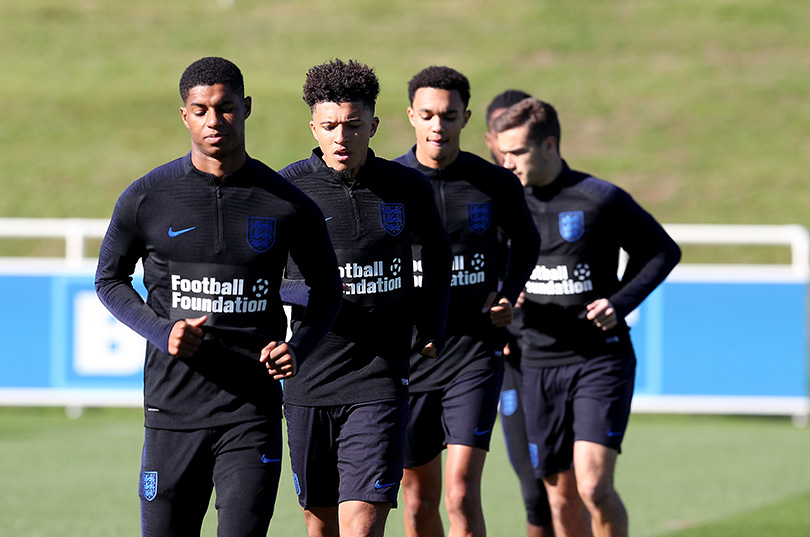
Such dominance owes much to the prowess of Chelsea and Manchester City in particular – between them, the two academies have provided a quarter of all England youth call-ups this season.
United’s contradiction
Manchester United’s renowned youth development programme is offering something of a modern contradiction in terms of productivity – they continue to provide England youth representation comparable with West Brom, Fulham and Reading rather than Chelsea and Manchester City (they have six call-ups so far this season). However, the elevation of Jesse Lingard and Marcus Rashford to first-team regulars and senior internationals proves that something is working at Carrington.
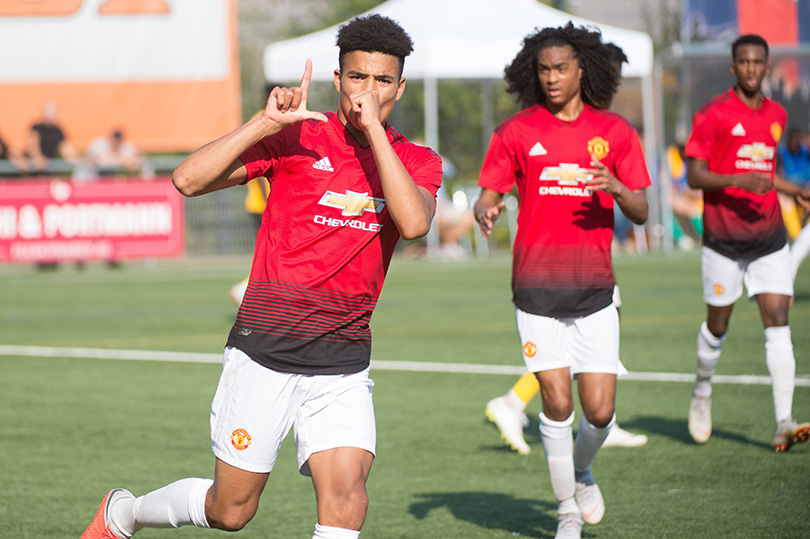
Individual excellence is certainly not a bad objective to aim towards, and the progress of Mason Greenwood in particular (nine goals in eight appearances in the Under-18 Premier League; two in two for the UEFA Youth League so far this season) should quell any panic about the fact United have failed to register double figures in these Young Lions lists over the last four seasons.
Opportunity knocks
A dozen of the England youth contingent have picked up minutes in the Premier League this season, with seven playing over half of league minutes available for their clubs.
However, two-thirds of that playing time is concentrated among just two clubs – Everton (Dominic Calvert-Lewin, Tom Davies, Jonjoe Kenny, Ademola Lookman) and Leicester (Ben Chilwell, Demarai Gray, James Maddison). Only Phil Foden has played for a Big Six club and his 31 minutes of a possible 720 available are hardly a revelation.
As a result, young English players are increasingly searching for opportunities elsewhere, and the Championship continues to represent the best breeding ground for the next generation. Mason Mount’s promising start to the season with Derby has earned him a senior call-up, and the 19-year-old is one of 20 England youngsters currently playing in the second tier either at their parent club or on loan.
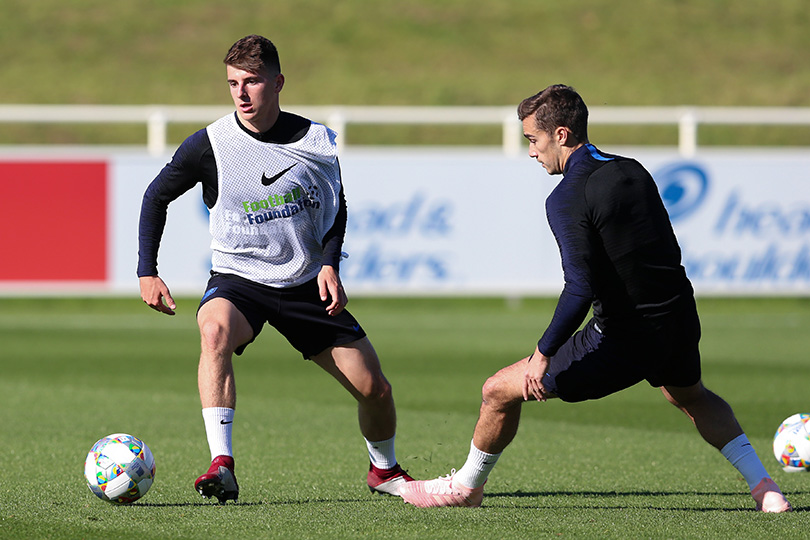
There’s also a quintet gaining senior football experience in Europe (Reiss Nelson at Hoffenheim, Jake Clarke-Salter at Vitesse, Jadon Sancho at Borussia Dortmund, Ronaldo Vieira at Sampdoria and Marcus Edwards at Excelsior), with a further five having made permanent transfers abroad either this or last summer.
Who owns England's future?
Infogram
Senior steps
The big question here is whether all of the excellent work being put in at English academies and at St George’s Park through the England age groups can possibly translate into progress at senior international level.
Southgate’s latest England squad is a smorgasbord of club-trained players from all levels of the pyramid, with 20 different teams (from Blackburn and Charlton, though to Coventry, QPR and Leeds) responsible for the development of the 25 England internationals – and no club accounting for more than two.
That’s in stark contract when compared to the U21s, where three clubs (Chelsea, Everton and Leicester) account for over half of the players called up this season. The remit of EPPP was to concentrate the best players at the best academies, so therefore the high concentration of England youth internationals among a handful of clubs should come as no surprise.
The big challenge now is whether that can continue on to the senior stage, particularly while so many of the top Premier League sides place countless obstacles between their young players and first-team football.
